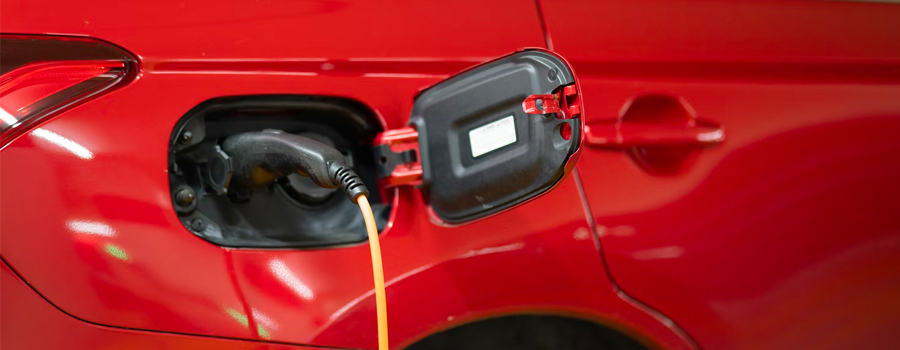
New energy vehicles are becoming more and more popular in China. In the cost composition of a new energy vehicle, the cost of battery accounts for a large part. Batteries account for about half of the cost of a vehicle, and now account for about 30 to 40 percent as costs come down. It is such a high-cost component, but after decay there is no corresponding value standard. In the process of secondary trading, on the use of new energy car battery including but not limited to the safety of the battery performance, reliable performance and cycle life testing requirements also more and more high, and need professional equipment test and get the key data, through a large number of exclusive computing model and algorithm, to assess the battery status, and value judgment.
The advantage of new energy vehicles is that the cost of use and maintenance is lower than that of fuel vehicles, especially pure electric vehicles, which have certain advantages in economy, energy conservation and environmental protection. Late but pure electric vehicle resale value is lower than the fuel vehicle, the reason is that the quality, battery life, battery manufacturers warranty factors restricting its development, especially the battery performance evaluation, is the present circulation used one of the most critical but not unified "chicken ribs", because there is no unified standard, the appraiser can only through the use of a fixed number of year and range for simple evaluation, This leads to a large error in the evaluation results, and the value of pure electric vehicles cannot be correctly evaluated. The surplus value of second-hand cars is an important link in the second-hand car trade and circulation. The traditional surplus value evaluation methods mainly rely on the experience of second-hand car evaluators, and the subjective and human factors in the evaluation process do not comprehensively evaluate the surplus value of second-hand cars according to the objective factors. This traditional empirical method is also used for the evaluation of new energy used cars, so the evaluation is not comprehensive.

On the premise of dismantling the vehicle department and not changing the vehicle control strategy, the detection and evaluation of the on-board power battery of the new energy vehicle in use is realized.
(1) Performance items:
power display deviation SOC, battery remaining capacity SOH, range hopping ratio, battery management system accuracy, charging loss, etc.
(2) Safety items:
voltage rise rate, temperature rise rate, temperature deviation, reasons for stopping charging, etc.









Tel:+86-400 821 5138
Fax:+86-21 3327 5843
Email:noa@noagroup.com